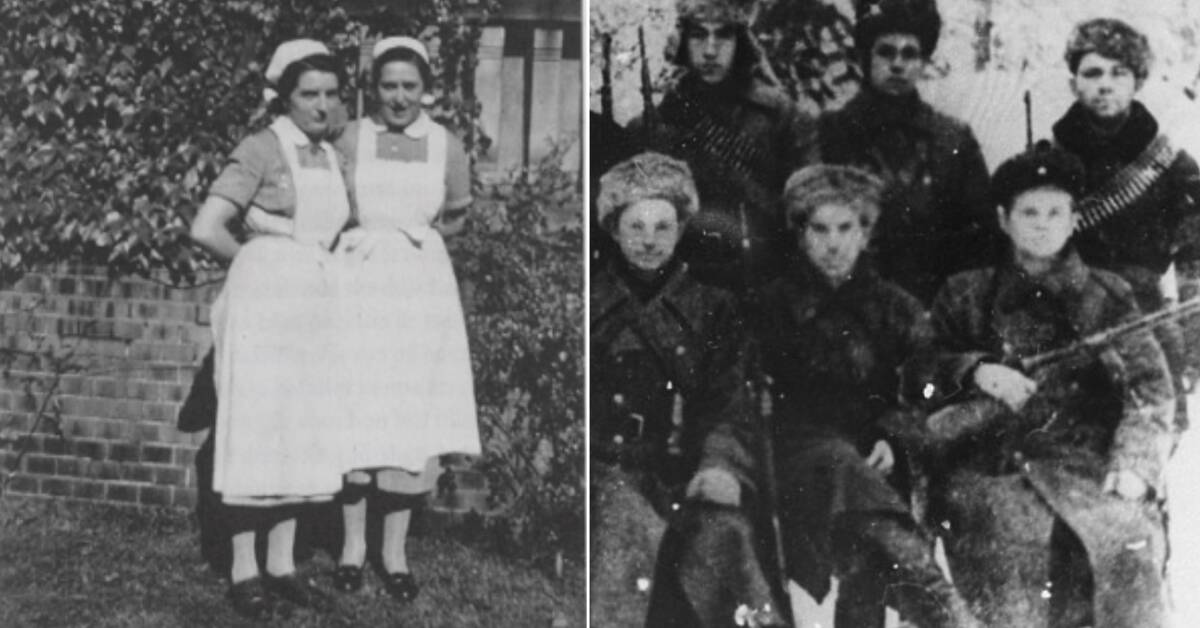- I had the image of a very strong Jewish passivity that led to the death of six million people.
But when I opened the rich source of stories of resistance, I was surprised to find so much - and that it was so varied, says Kenneth Hermele.
Kenneth Hermele has compiled and categorized stories about armed actions, partisan units, food smuggling, organized escape and news reporting.
But the book is also about what he calls symbolic resistance: the will to stand up for the right to live as an "ordinary" person, even though it was associated with danger to life.
One example is the nurse Lotte Schüfftan who, together with a colleague, snuck off her Jewish stars, took the S-bahn to the establishment Adlon in central Berlin to enjoy a good dinner there in the middle of a burning war.
When the friends had eaten, they took the train back to the hospital.
A chain of actions that each individually would have resulted in severe punishment if discovered.
- This is a type of resistance that you usually don't see when you focus so much on the armed resistance.
"Extremely difficult situation"
The actions that Kenneth Hermele tells about are often moving, sometimes hopeful and could save the lives of many Jews.
But the resistance not infrequently had fatal consequences.
- For every resistance person who was caught, the Nazis took revenge on maybe ten, maybe a hundred Jews.
It was an enormously difficult situation for the person who was considering whether she should dare to escape or smuggle.
Will they take my family?
Will they take my neighbors?
Will the entire ghetto be wiped out?
It was a very difficult trade-off.

